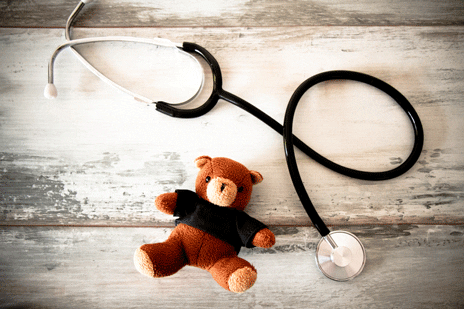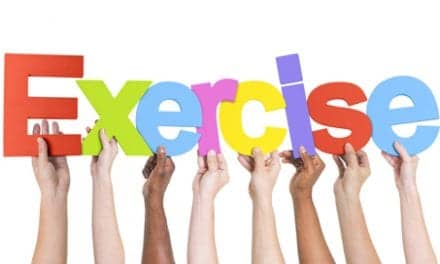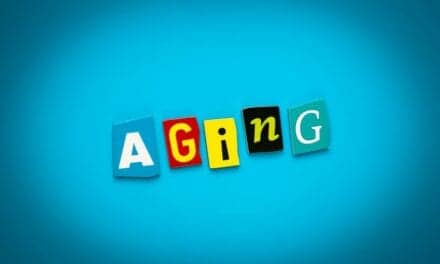The level of function at time of admission could be an important predictor of recovery from pediatric brain injury, according to researchers from Kessler Foundation and Children’ Specialized Hospital.
Findings from the study, published recently in a special issue of the Journal of Head Trauma Rehabilitation, underscore the differences in TBI recovery patterns between adult and pediatric populations, notes a media release from Kessler Foundation.
This retrospective study focused on outcomes of pediatric inpatient rehabilitation for acquired brain injury, including traumatic (TBI) and nontraumatic (nTBI).
In the study, researchers accessed the registry of the Uniform Data System for Medical Rehabilitation, identifying 531 admissions for brain injury from 2001 to 2012 (298 TBI; 233 nTBI). The Functional Independence Measure for Children (WeeFIM) was used to measure functional independence, including the domains of cognition, mobility, and self-care.
Overall gains were greater for the TBI group than for the nTBI group. For both groups, moderate levels of functional independence on admission predicted moderate to large gains in self-care and mobility during rehabilitation. Certain findings differed from the outcomes seen in the adult population, underscoring the importance of using measures specific to the pediatric population, the release explains.
“For children with high or low levels of functional independence, important differences were identified by domain for each group,” according to lead author Cherylynn Marino, PhD, in the release.
“For example, children with nTBI with low or high mobility scores at admission were likely to make small gains, while children with TBI with low mobility scores were much more likely to make large gains,” she notes. “Also, high scores on admission for nTBI correlated with larger gains in self-care and cognition. We saw the opposite in TBI, that is, low functional scores were associated with higher gains.”
The study’s findings have implications for rehabilitation professionals and caregivers of children with acquired brain injury, states Michael Dribbon, PhD, vice president of business development and chief innovation and research officer at Children’s Specialized Hospital.
“Clearly, many different factors influence the recovery process in the developing brain,” Dribbon adds. “Examining these factors helps us improve our ability to provide prognoses for children with acquired brain injury, which is fundamental to helping families plan for the future of their children, and to tailoring rehabilitative care for maximal outcomes in this population.”
[Source(s): Kessler Foundation, PRWeb]





